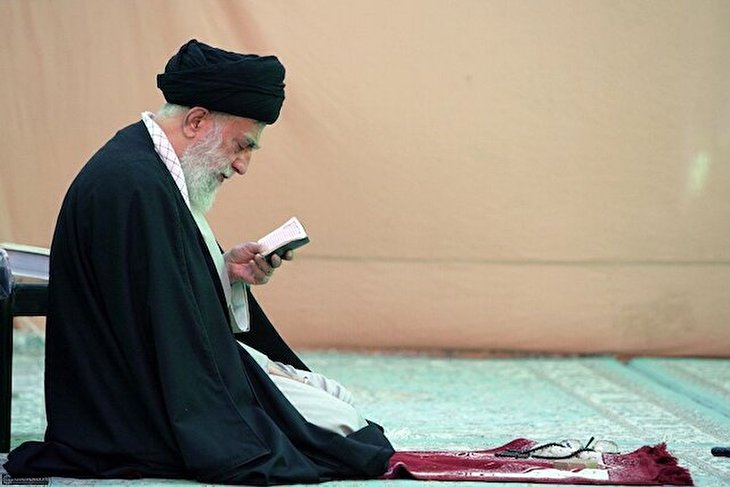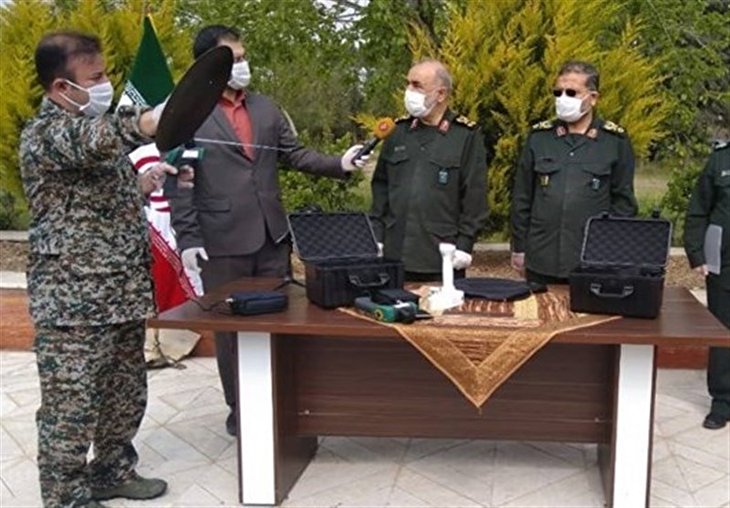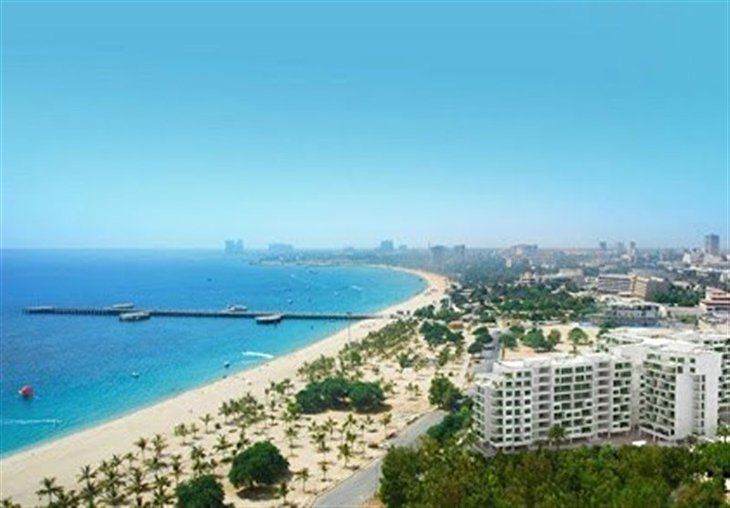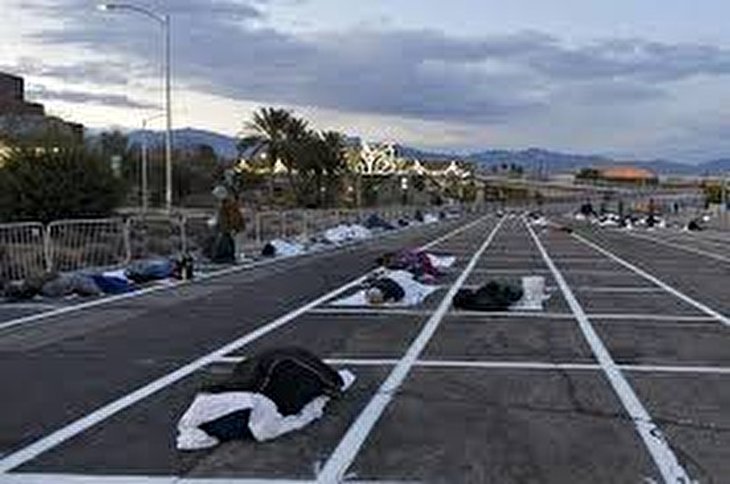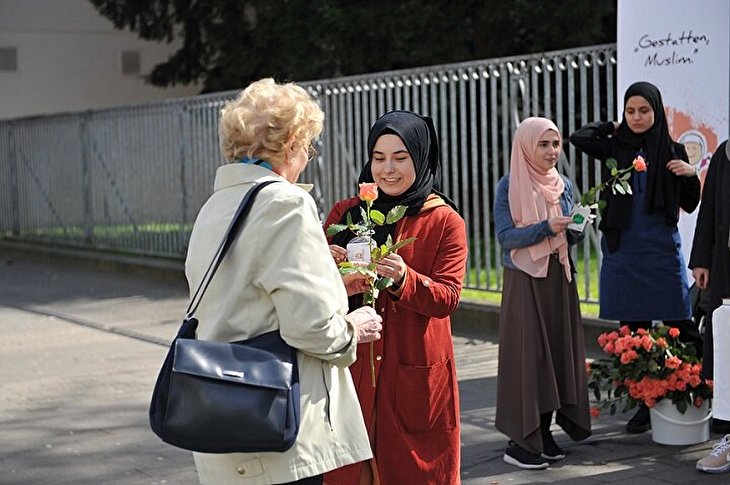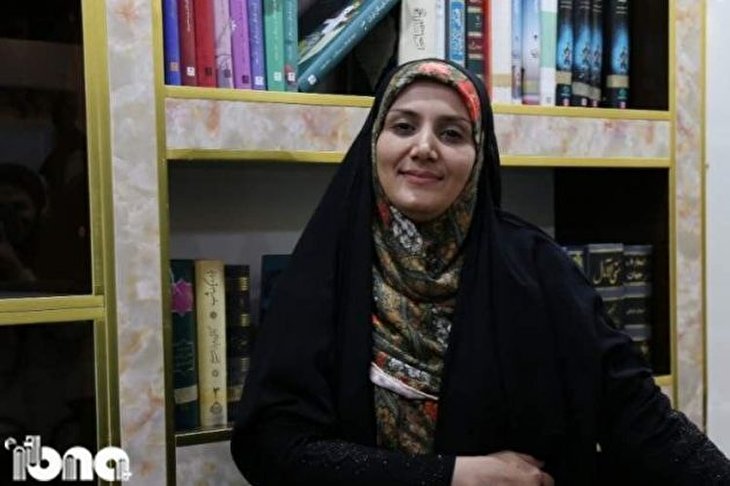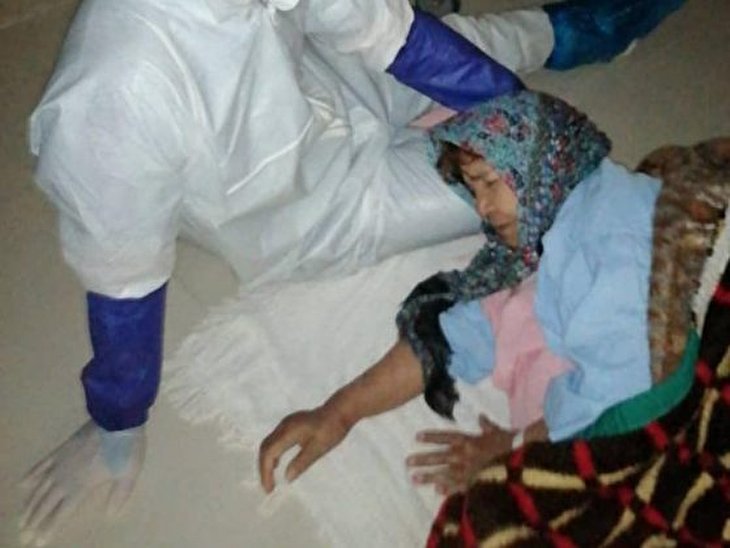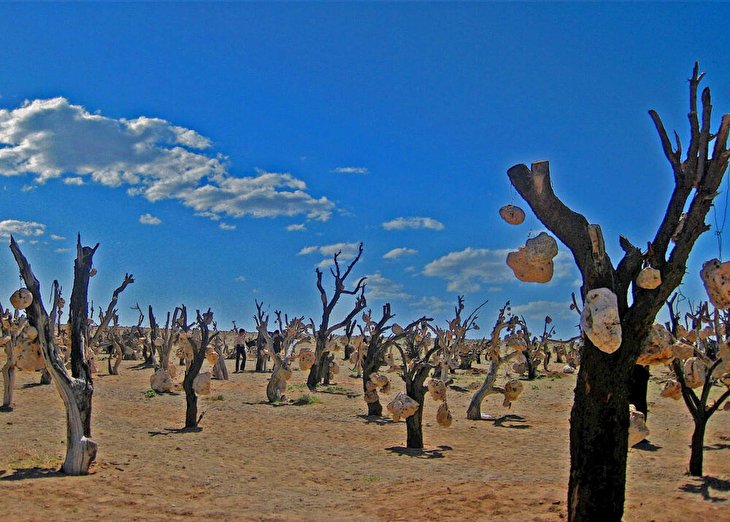
Susa, once capital of Elamite, Achaemenid empires
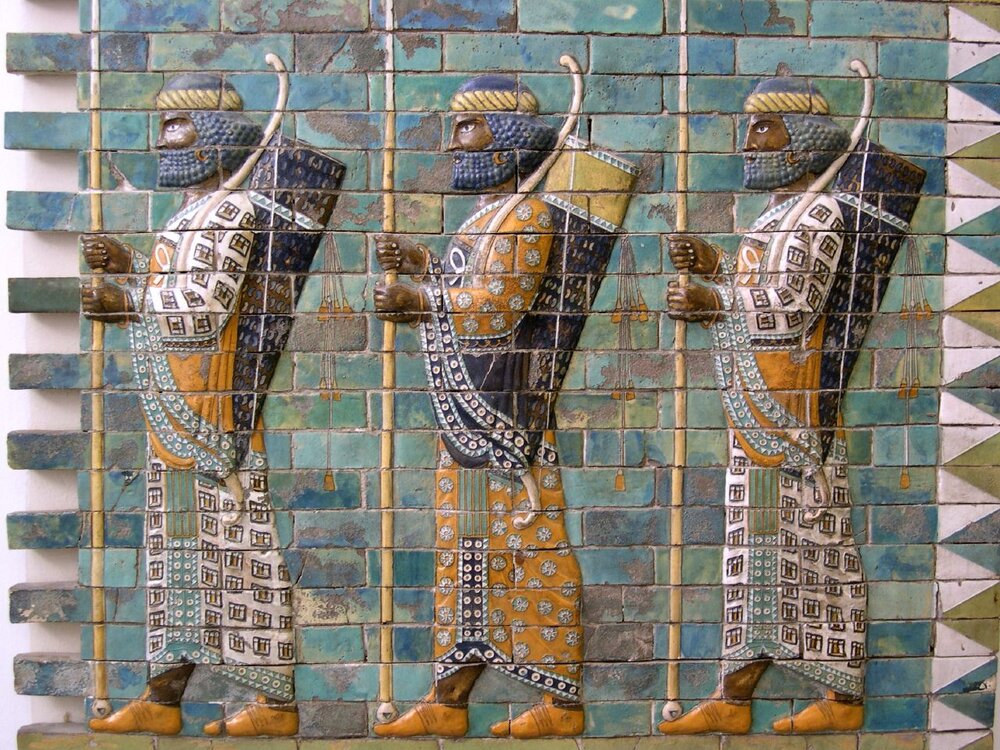
A UNESCO World Heritage, Susa was once the capital of the Elamite Empire and later an administrative capital of the Achaemenian king Darius I and his successors from 522 BC.
Excavations have uncovered evidence of continual habitation dating back since about 5000 BC. The earliest urban structures there date around 4000 BC.
Part of Susa is still inhabited as Shush, Khuzestan province on a strip of land between the rivers Shaour (a tributary of the Karkheh) and Dez.
According to UNESCO, “the excavated architectural monuments include administrative, residential, and palatial structures” and the site contains several layers of urban settlement dating from the 5th millennium BC through the 13th century CE.
Relics unearthed from the region demonstrates that even the earliest potteries and ceramics in Susa were of unsurpassed quality, decorated with birds, mountain goats, and other animals designs.
The finest pottery was found in the lowest strata and belonged to two different civilizations, both Neolithic, according to Britannica.
The archaeological site, identified in 1850 by W.K. Loftus, consists of four mounds. One held the citadel and was excavated (1897–1908) by Jacques de Morgan, who uncovered, among other objects, the obelisk of the Akkadian king Manishtusu, the stele of his successor Naram-Sin, and the code of Hammurabi of Babylon. A second mound to the east was the location of the palace of Darius I and was excavated (c. 1881) by Marcel Dieulafoy. A third mound to the south contained the royal Elamite city, while the fourth mound consisted of the poorer houses.
After the fall of the Achaemenid empire and the reign of Alexander the Great, who married in Susa, the city became part of the Seleucid empire. It was now called Seleucia on the Eulaeus. A palace in Greek style was erected, next to Darius’ palace. The administrative center, however, was in the southern part of the city, where nearly all Greek and Parthian inscriptions were discovered. In the Parthian age, the city minted coins.
During the Sasanian age, the city had a large Christian community. It was sacked by the Sasanian king Shapur II, who transferred the population to Iwan-e Karkheh, but Susa was sufficiently recovered in the early seventh century to fight against the Arabs, who nevertheless captured the city which remained important until the thirteenth century CE.
Source: TehranTimes
